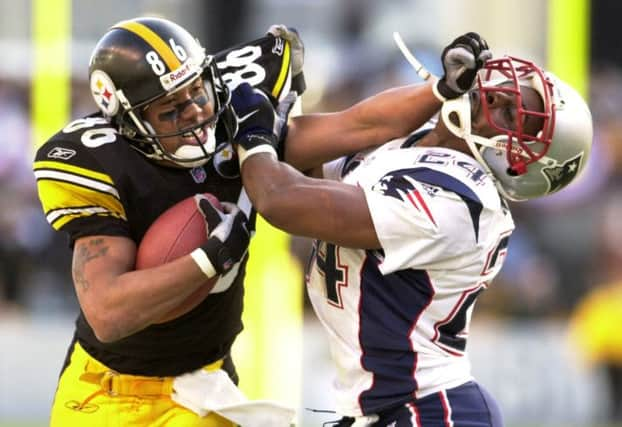Allan Massie: Headgear not guaranteed to make rugby safer


On the face of it, the idea of protective headgear makes sense. It is likely that some concussions would be prevented. On the other hand, the “law of unintended consequences” might come into play. The game might become more dangerous than it is now.
Look at what has happened in cricket. Batsmen never used to wear helmets until Kerry Packer’s promotion of a cricketing circus with matches between Australia and the Rest of the World saw the encouragement of more aggressive fast bowling, often aimed at the head. So helmets were introduced and are now used by everybody in the professional game almost all the time. It is only occasionally that you see a batsmen remove his helmet when facing slow bowlers.
Advertisement
Hide AdAdvertisement
Hide AdThe wearing of helmets has legitimised dangerous bowling – something that umpires used to be more ready to control. In pre-helmet days, there was a convention, generally observed, that fast bowlers didn’t bowl bouncers at tail-enders, who were deemed to be less competent batsmen and therefore less able to defend themselves. That convention has been discarded. Everybody is fair game now. Helmets obviously offer protection – the tragic death of the young Australian batsman Phillip Hughes was a horrible but (happily) very rare accident. Nevertheless, players are hit on the head and in the face more often that they used to be in pre-helmet days, and some suffer horrid injuries.
It is quite possible that if all rugby players wore protective headgear, head-high tackles would be even more common that they regrettably are now. After all, in American football, protective gear has long been the rule – and cases of concussion are frequent.
The two most common causes of concussion are probably first the straight-on, chest-high tackle which will often result in a clash of heads and second defective technique. Leigh Halfpenny, the courageous Wales and Lions full-back, has been concussed at least twice making try-saving tackles in which he has disregarded the instruction every coach gives children learning how to make the side-on tackle: that is, get your head behind the tackled players legs, not in front of them. If your head makes contact with the knees of a player running at speed, the chance of a concussion is high.
Correct technique can help, no doubt – though there is always the likelihood that, as in Halfpenny’s case, it will sometimes be forgotten – but the straight-on chest-high tackle should quite simply be outlawed as too dangerous.
On a happier note, today is the Melrose Sevens, for many the most enjoyable day in the rugby calendar. The Melrose club has been remarkably successful in maintaining public interest in their tournament – or Sports as we say in the Borders – in spite of the now 20-year old split between the amateur and the professional game. One of the attractions of Sevens used to be the opportunity to see the stars of the Scotland XV playing the short game and mixing with the crowd between ties. Now, only a minority of spectators will recognise most of the players; some will know only those representing their own club. This is why most of the other Sevens tournaments no longer attract the numbers they used to.
Melrose has managed to do so, partly perhaps because they have been consistently able to bring in attractive guest teams from all over the world. This does mean that the balance is tilted against the local amateur clubs, but is does bring a certain glamour to the afternoon. Not everyone approves of pitting professionals against amateurs, but the inclusion this year of a Seven from Glasgow Warriors does promise the delight of seeing the gifted Fijian scrum-half Niko Matawalu in action; quite possibly worth the price of a ticket – even if you had no other reason to go to Melrose.
Finally, it is good to see Edinburgh in the semi-final of the European Challenge Cup, but, my word, they nearly let the match against London Irish slip after establishing a comfortable lead. It took fine resolution to hold their opponents out in the last frenzied minutes. The TMO’s examination from all angles of what might have been a winning try for the Irish took at least four minutes. In the circumstances, fair enough perhaps; but an absurd length of time all the same. If the answer is not clear more quickly, then the decision should be “no try”.